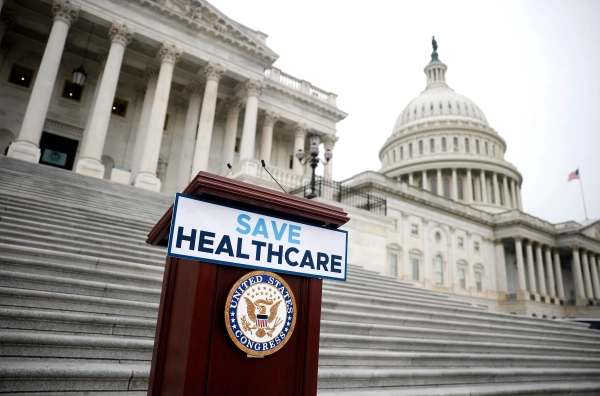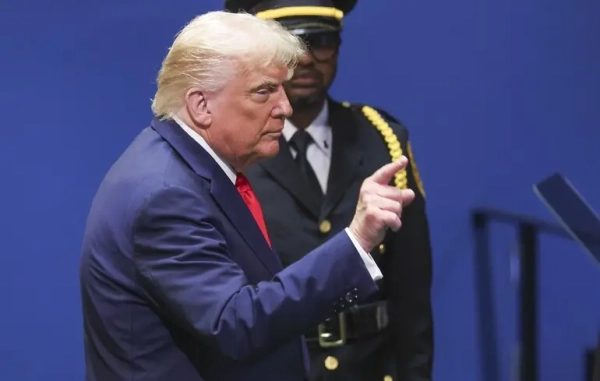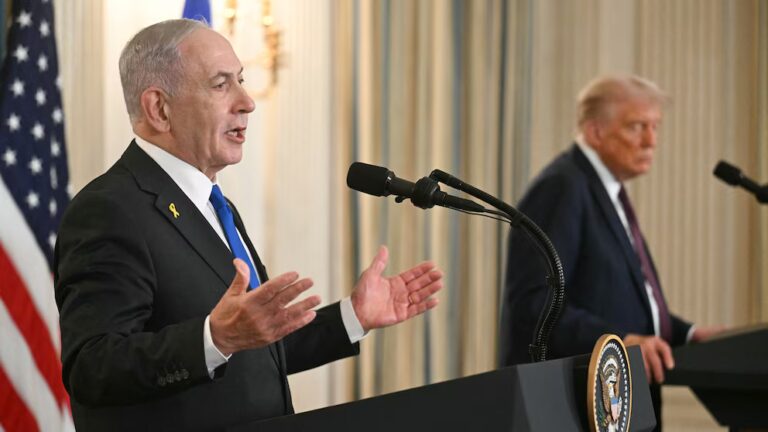“`html 
The U.S. government is no longer operating.
On Wednesday, the national government ceased operations, as lawmakers failed to renew its yearly budget allocations. Consequently, comestibles will be checked less often, toxic sites will remain uncleaned, and assistance lines at the IRS will go unanswered. The disruption of government services will impact millions of citizens, potentially resulting in missed paychecks for hundreds of thousands of government personnel, and is poised to dampen financial expansion.
What underlies this latest demonstration of self-harm from our governing bodies? Superficially, the cessation of operations seems to arise from disagreements regarding healthcare regulations. The Republican Party supports a measure to keep government funding at the same level for seven weeks while both parties deliberate on a larger financial strategy. The Democratic Party, conversely, insists that every fresh funding proposal should prolong the enhanced health insurance aid from the Affordable Care Act, which will lapse at the close of the year, and undo President Donald Trump’s reductions in Medicaid.
However, the impasse isn’t really about medical coverage. The Democrats might have sanctioned the seven-week extension of funding proposed by the GOP while continuing to advocate for their favored healthcare strategies during negotiations regarding the comprehensive budget. In other words, to preserve the boosted ACA tax incentives or to cancel Trump’s Medicaid cuts, it wasn’t really necessary to force a cessation of governmental functions at this moment. Nonetheless, the Democrats opted to leverage procedural tactics.
In actuality, the shutdown stemmed from the confluence of three interconnected, overarching developments in American politics, none of which directly relate to the finer points of fiscal policy:
- Trump is undermining the fundamentals of constitutional administration.
- Democratic benefactors, campaigners, and deeply involved voters perceive Trump as a menacing authoritarian.
- Due to the Senate’s antiquated rules, Democrats must decide between enabling right-leaning policies or pausing governmental operations.
Related
- The Democrats’ plan for the shutdown is deeply flawed. There is a superior approach.
The Trio of Factors That Forced the Government to Close
To grasp the process by which these dynamics merged to halt the government, it’s useful to briefly analyze each element.
The most vital piece of setting for the present crisis is Trump’s steady move towards autocratic methods. Trump has initiated specious inquiries against those he sees as adversaries, granted pardons and military recognition to associates who participated in insurrection, employed coercion against media groups to limit adverse reporting and satire (with variable success), and deported longstanding inhabitants of the United States without suitable judicial proceedings, as well as pledged actions against liberal organizations under the guise of anti-terrorism efforts.
Perhaps of greater significance, Trump has claimed authority to invalidate spending dictated by Congress, specifically refusing to allocate $4 billion designated by legislation for foreign assistance. Recently, the conservative bloc within the Supreme Court offered preliminary consent to this seizure of power.
All this has predictably incensed the Democratic voter base. The party’s financial backers, activists, and more dedicated voters fear their nation is tilting towards autocratic governance. They seek their representatives to vocalize their apprehension for the integrity of the republic and their opposition to Trump’s GOP. In advance of the current conflict over funding, a considerable number of Democratic voters expressed dissatisfaction with their party’s level of resistance to Trump, depicting it in surveys as “feeble” and “ineffective.”
At the same time, the Senate’s framework gives the party just enough influence to impede federal funding, yet not ample means to accomplish a great deal else.
Republicans have dominant control in both arms of the legislature. However, the Senate uses a filibuster that necessitates a supermajority of 60 votes for the approval of the majority of legislation. In effect, Chuck Schumer’s Democratic Senate Minority, comprising 47 seats, is empowered to obstruct most legislative proposals. Yet, the Minority does not have considerable leverage to set conditions for the Republicans, who maintain they were elected with a mandate to pursue their conservative program.
Combining these elements creates circumstances ripe for a government shutdown.
Related
- The Supreme Court’s latest judgment could make it untenable to resolve the shutdown
Senate Democrats Find Themselves Between a Difficult Situation and an Outraged Base
As early as March, Senate Democrats discovered that aiding Republicans in maintaining governmental operations open was a politically delicate matter. Following Schumer’s expressed opposition to a shutdown, he was assailed by a series of criticisms from progressive groups and advocates.
Since spring, however, Trump’s amplification of authority seizures has rendered the party’s situation considerably more problematic. Specifically, his contention that he is free to withhold funds he opposes, along with the Supreme Court’s subsequent validation of this position, has contaminated the financial procedure. For the Democrats, what benefit is derived from arguing for minor concessions with the GOP majority when the Republican president has the power to nullify them at his discretion? More crucially, how can Democrats promote small budgetary gains to their constituents when they cannot credibly guarantee that those minor victories will materialize?
To resolve this issue, Democrats have pressed for including language in any funding legislation that limits Trump’s right to withhold appropriations. But, for the most part, Republicans in Congress are averse to placing constraints on the president’s authority.
As a result, the Senators from the Democratic Party came to the ultimate conclusion that voting to prolong the current budget, without any assurance that the president would honor its more progressive elements, was disagreeable. Doing so would have constituted a tacit acceptance of Trump’s authoritarian insults to congressional power, along with provoking the outrage of the party’s activists and financial contributors, perhaps thereby destabilizing Democratic funding and reducing enthusiasm leading up to the approaching midterm polls.
In order to circumvent such a reaction, the party opted to stipulate financial provisions that were expansive and supported enough so that 1) Trump could not cancel them without engendering a substantial controversy and 2) Republicans could not accede to them without supplying the Democratic voter base with a considerable ideological triumph. Jointly, the Democrats’ requests on the ACA and Medicaid would expand social expenditure by excess of $1 trillion during the coming decade. Should the party somehow force a unified GOP government into doing so, even the most uncompromising progressive campaigners would be compelled to concede that Democrats had opposed Trump and caused him to yield.
The underlying cause of the shutdown, therefore, is not the repeated disagreements among the major parties concerning the tenets of healthcare legislation. Rather, it arises from the convergence of Trump’s autocratic inclinations and the Senate’s framework, which places Democrats in an untenable predicament. Schumer’s faction has insufficient strength to enforce meaningful checks on Trump’s authoritarianism. Yet, at the same time, it is too robust to plead absolute ineffectiveness to its constituents. Therefore, the course of least resistance was to present the Republicans with an offer they could not agree to.
“`
Source: vox.com






